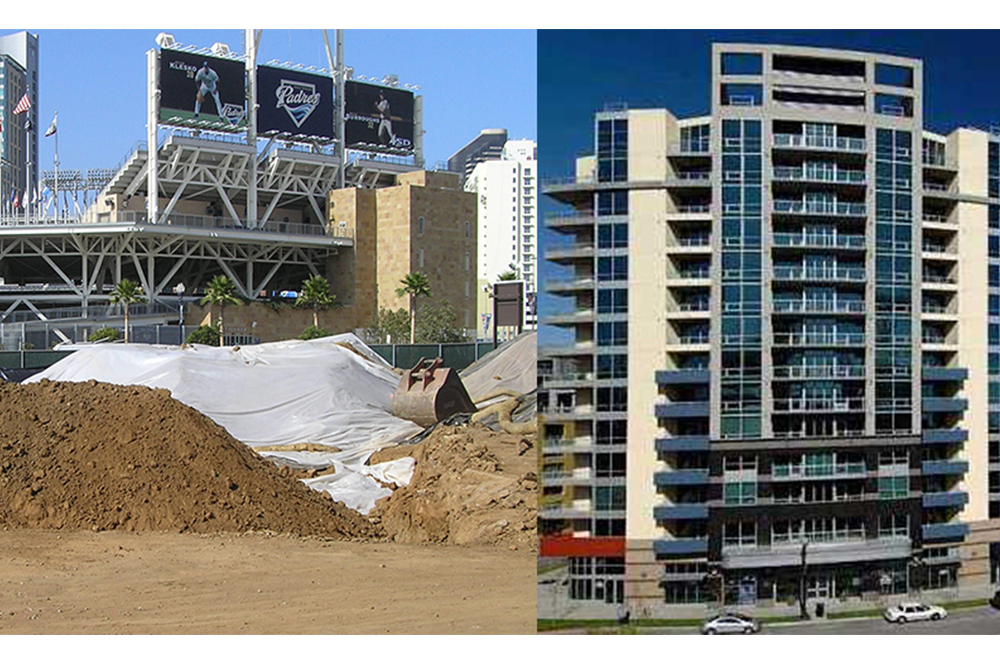The Project.
The environmental history of California includes impacts from infrastructure to provide water for public use. Large dams and reservoirs serving a critical purpose are seen only as a recreational opportunity by many. Working in the AEC community, we are more than aware of the centuries old efforts and necessity to capture water for distribution. Groundwater recharge is a method of storage. Without recharge, our demands for water would deplete the natural aquifer.
Client:
Los Angeles County Department of Public Works
Location:
Los Angeles, CA
Services:
- Geotechnical
Project Fact:
Maximizing the capture of stormwater from rain events by purposefully moving water into the underlying groundwater basin for storage is one of the necessities for our water supply. Consideration for usable sites require a geotechnical study to determine if the soils and subsurface geology allow water to percolate quickly from the surface into the aquifer.
The Leighton Solution.
Under our as-needed contract with the Los Angeles County Department of Public Works, Leighton evaluated the geotechnical feasibility of installing underground stormwater infiltration devices (IFD) at the Ted Watkins Park. The focus of this feasibility study was to evaluate the soil lithology, variability of subsurface conditions across the site, anticipated groundwater level, and permeability characteristics of the soils beneath the subject site. Soil sampling and geotechnical analyses were focused on evaluating the suitability of the soils for the proposed infiltration devices.
Our study included an initial evaluation of groundwater elevations, nearby contaminant sources, and seismic hazards for the site. We also performed a reconnaissance level seismic hazards evaluation to assess if potential constraints present at the site could impact the development of the project. Detailed field studies were performed and included advancing and sampling three 50-foot deep borings. Leighton installed three test wells and completed field permeability tests at each boring. The data from the field investigation was used to calculate the hydraulic conductivity of the site soils and feasibility of installing the proposed IFD system.



